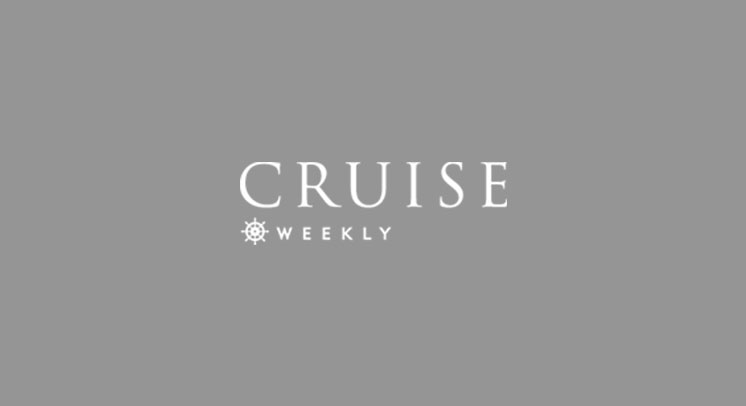If you were a Viking in the Middle Ages of European history, chances
are you were not much of a diplomat or humanitarian.
The fearsome Viking reputation is not without substance. Beginning
around the ninth century until well into the eleventh, the Norse
mariners went on an aggressive land grab that often resulted in
bloodshed, abduction and pillaging. Today’s mild-mannered and
infinitely cultured Scandinavians have countered this unfriendly
perception somewhat by reminding us that the Vikings were also
skilled seafarers, advanced agriculturalists and energetic traders who
advanced the culture and civilization of Europe generally.
Vikings still evoke a powerful mystique. Just like the Greeks and
Romans, Norse mythology is chock-a-block with mighty deities and
gods like, Thor (god of thunder), Odin (god of war) and Freyr (goddess
of love and fertility). Our days of the week are still named after Norse
gods. True.
Great explorers like Erik the Red and his son Leif Ericson, took the
Norse influence west of Iceland to Greenland and North America and
even created settlements as far away as L’Anse aux Meadows on the
tip of Newfoundland. Now a UNESCO World Heritage site, it is
believed the Vikings lived there around 1000AD.
Passionate historians or even just the curious can recreate their
own “Viking trail” by interconnecting the various Norse settlements
with modern cruise ships, enjoying a form of sea travel Erik and his
crew would never have dreamed of.
Starting in Newfoundland, such cruise lines as Silversea and Regent
Seven Seas include L’Anse aux Meadows on itineraries that may also
include Reykjavik, the capital of Iceland from where Erik & Son fled in
the late 10th Century. Far from being constrained by its name, Iceland
is far more than frozen water. Visits to ports like Djupivogur, Isafjord,
Seydisfjordur and Akureyri aboard vessels from MSC, P&O and even
the smaller boutique and adventure lines such as Seabourn and
Ponant will reveal a land rich in natural and cultural treasure. One of
the most popular excursions is the geothermal lake, The Blue Lagoon,
where you can swim in 40 degree, mineral rich waters just 40km from
the capital.
Greenland, the world’s largest island, nearly 300km west of Iceland,
was also visited and colonised by Erik and Ericson. Not limited to
small expedition vessels, Nanortalik and Qaqortoq are two ports
visited by the larger liners including Princess, Holland America and
Saga. Visits to Greenland are becoming increasing popular and even a
little urgent, as the massive glaciers disintegrate in the planet’s
warming climate.
If you were sailing toward Iceland from the northern tip of Scotland,
it would be hard not to stumble across the remote Faroe Islands. Still
a domain of Denmark, the first Vikings are thought have arrived in
there in the 7th century.
Look for itineraries that include ports of Torshavn (Faroes), Kirkwall
(Orkneys) or Portree (Hebrides) to fully experience the Norse
influence of Northern Britain.
Fact File:
As an Arctic destination, most ports are only visited during the
northern summer cruise season, typically May to September. The
ideal months are June to August when the weather is warmest.
Cruise Lines:
MSC, Saga, Hurtigruten, HAL, Oceania, Silversea, Seabourn, Ponant,
Costa, Aurora.






